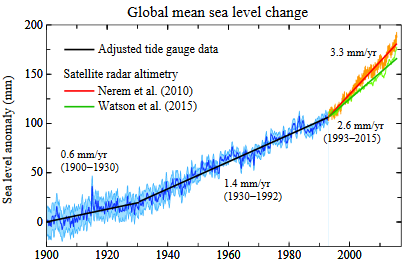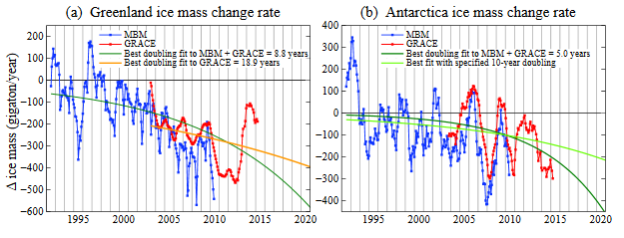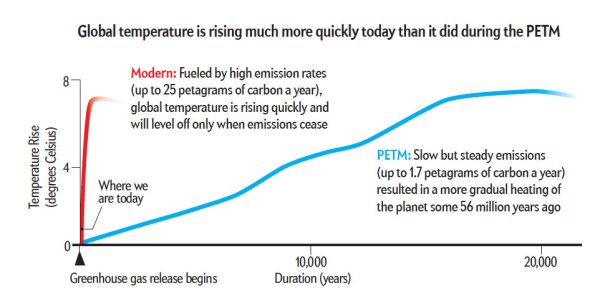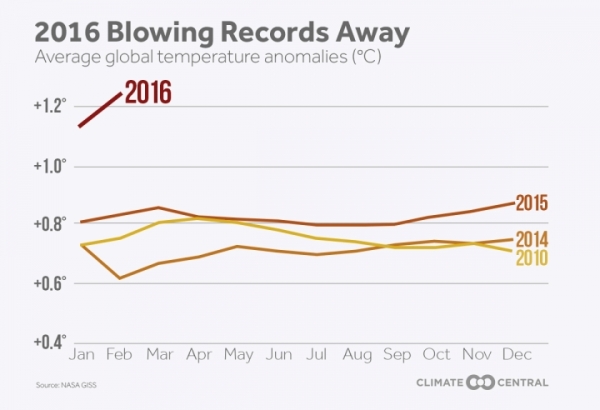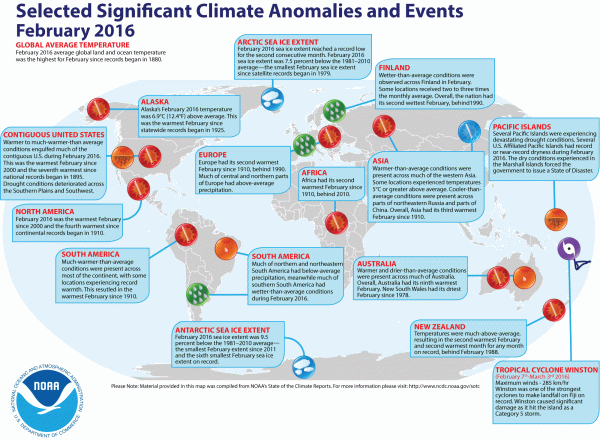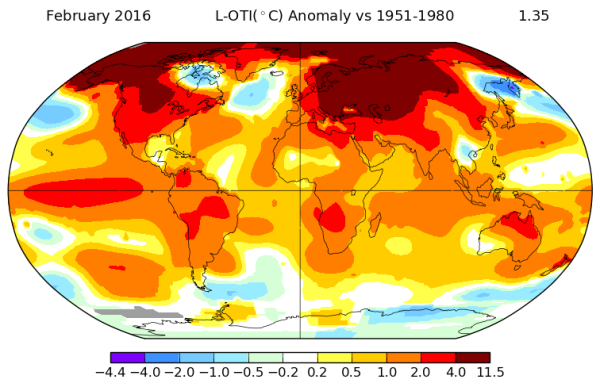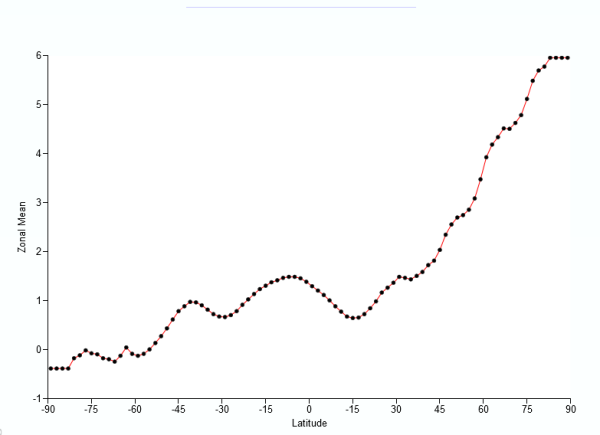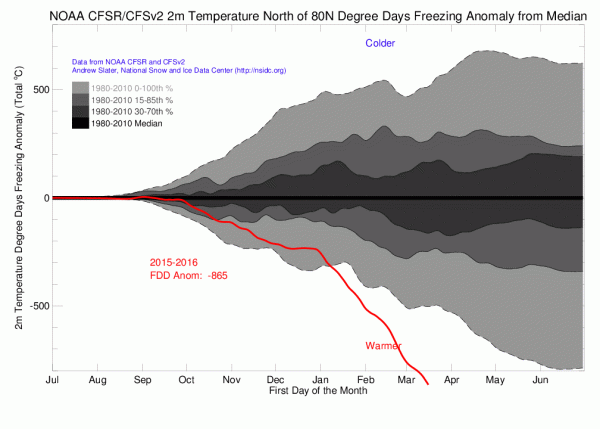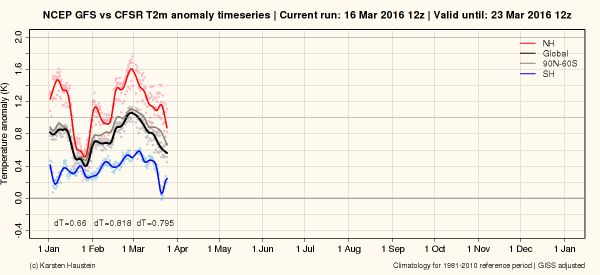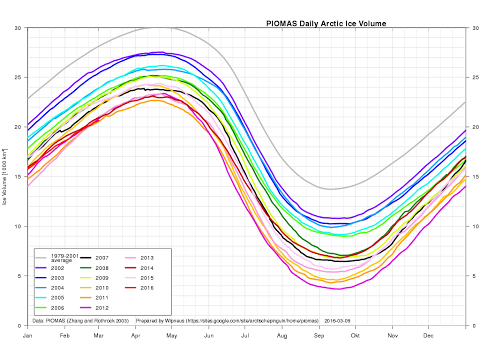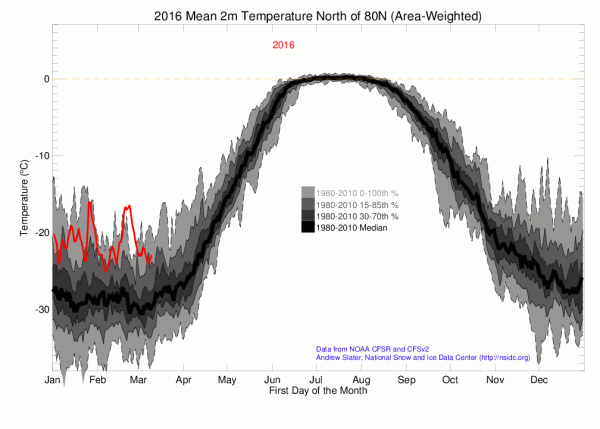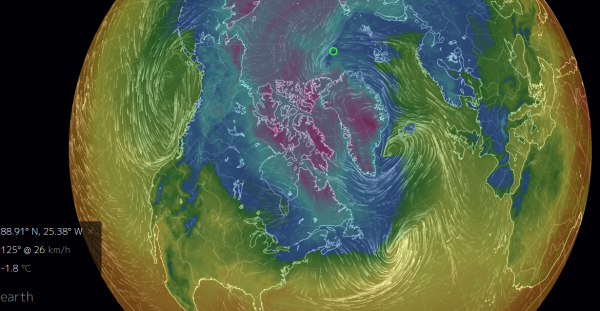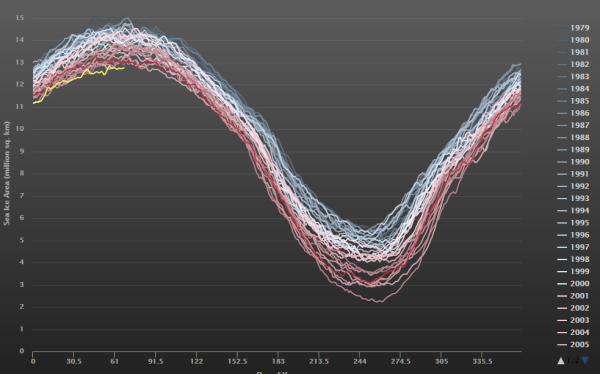How bad is climate change related risk? Should investors be worried? Are investments safe from this risk?
*****
Warren Buffett’s recent letter to shareholders attempts to answer these questions — as they relate to his investment firm’s climate change mitigations as well as its insurance industry climate risk exposure. His statement, and related framing of climate change risk, is one coming from the point of view of one of the wealthiest men in the world. It’s an announcement that comes fresh off a battle with solar energy companies and renewable energy advocates in Nevada — where Buffett’s actions and lobbying essentially cost Nevada years of solar and renewable energy development. And it’s one that appears to be both flawed in its outlook and cynical in its application.

(A number of big money investors like the Kochs and Buffett have been lobbying to squash a burgeoning rooftop solar industry that empowers individual homeowners to make the responsible choice to stop using fossil fuels for power generation. This action appears to be aimed at protecting legacy fossil fuel assets that are inflicting serious and ramping harms to the global climate system. Image source: Vote Solar.)
Buffett’s general view, as with numerous big-money investors of his generation, is to both downplay climate change and to cast it in the most narrow of market contexts. His particular point of reference, like those of many of his peers, is rather sadly deficient. One that urges the inflation of vulnerable insurance company assets during a period when damages and losses are expected to increase.
Downplaying Risks, Increasing Premiums
Here are a few highlights of his statement to shareholders:
“Last year, [Berkshire Hathaway Energy] BHE made major commitments to the future development of renewables in support of the Paris Climate Change Conference. Our fulfilling those promises will make great sense, both for the environment and for Berkshire’s economics… BHE has invested $16 billion in renewables and now owns 7 percent of the country’s wind generation and 6 percent of its solar generation. Indeed, the 4,423 megawatts of wind generation owned and operated by our regulated utilities is six times the generation of the runner-up utility. We’re not done.
I am writing this section because we have a proxy proposal regarding climate change to consider at this year’s annual meeting. The sponsor would like us to provide a report on the dangers that this change might present to our insurance operation and explain how we are responding to these threats.
It seems highly likely to me that climate change poses a major problem for the planet. I say ‘highly likely’ rather than ‘certain’ because I have no scientific aptitude and remember well the dire predictions of most ‘experts’ about Y2K. It would be foolish, however, for me or anyone to demand 100% proof of huge forthcoming damage to the world if that outcome seemed at all possible and if prompt action had even a small chance of thwarting the danger.
This issue bears a similarity to Pascal’s Wager on the Existence of God. Pascal, it may be recalled, argued that if there were only a tiny probability that God truly existed, it made sense to behave as if He did because the rewards could be infinite whereas the lack of belief risked eternal misery. Likewise, if there is only a 1% chance the planet is heading toward a truly major disaster and delay means passing a point of no return, inaction now is foolhardy. Call this Noah’s Law: If an ark may be essential for survival, begin building it today, no matter how cloudless the skies appear.
It’s understandable that the sponsor of the proxy proposal believes Berkshire is especially threatened by climate change because we are a huge insurer, covering all sorts of risks. The sponsor may worry that property losses will skyrocket because of weather changes. And such worries might, in fact, be warranted if we wrote ten- or twenty-year policies at fixed prices. But insurance policies are customarily written for one year and repriced annually to reflect changing exposures. Increased possibilities of loss translate promptly into increased premiums.
Think back to 1951 when I first became enthused about GEICO. The company’s average loss-per-policy was then about $30 annually. Imagine your reaction if I had predicted then that in 2015 the loss costs would increase to about $1,000 per policy. Wouldn’t such skyrocketing losses prove disastrous, you might ask? Well, no.
Over the years, inflation has caused a huge increase in the cost of repairing both the cars and the humans involved in accidents. But these increased costs have been promptly matched by increased premiums. So, paradoxically, the upward march in loss costs has made insurance companies far more valuable. If costs had remained unchanged, Berkshire would now own an auto insurer doing $600 million of business annually rather than one doing $23 billion.
As a citizen, you may understandably find climate change keeping you up nights. As a homeowner in a low-lying area, you may wish to consider moving. But when you are thinking only as a shareholder of a major insurer, climate change should not be on your list of worries.
A Failure to Understand the Nature of Systemic Risk
After reading this statement, it’s a bit perplexing why even monied investors like Warren Buffett aren’t convinced the impacts of a ramping, fossil fueled, climate change will be dangerous and disruptive to the bottom line. Perhaps it is due to an inherent flaw of a money-centric worldview. But even investors can be practical-minded and decide not to throw good money after bad — as is now the case with fossil fuels and climate change.
As such, we might be kind to say that Buffett’s statement here is more than a bit short-sighted. He fails to recognize the basic and inherent link between the stability of his wealth and the stability of the climate system. He falsely equates 97 percent of scientists identifying a high risk of damages due to climate change with a host of unrelated issues including Y2K, a 1 percent chance of climate change danger and damage being realized (the risk is far higher), the great flood, and a cynical man’s view of the probability of the existence God. That’s not just comparing apples and oranges. That’s comparing a sirloin to a fruit salad.
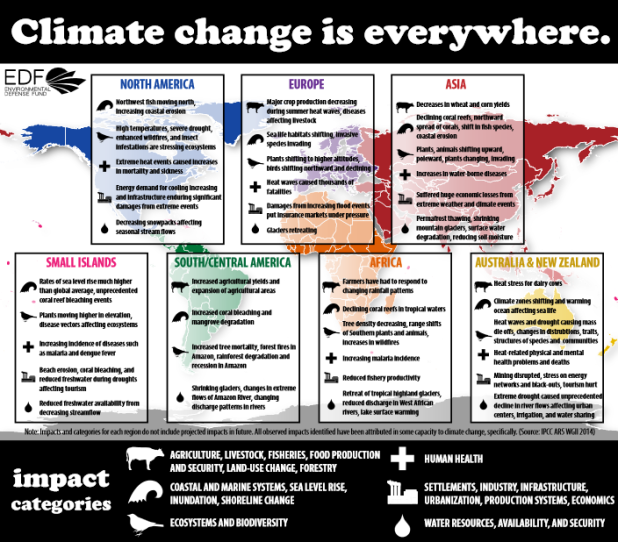
(The Environmental Defense Fund put together the above graphic based on the most recent 2014 Intergovernmental Panel on Climate Change report’s findings to illustrate the climate change related impacts that are already occurring around the world. For an increasing number of people, the damage has already happened and it’s steadily growing worse. Buffett’s comparison of an active crisis [which is already producing impacts] with Y2K [which was essentially a tempest in a teapot] is more than a little daft. Image source: EDF. Data Source: IPCC.)
Y2K was a human-based problem that impacted a limited, human-based system — computers. The fix was simple — change the dating mechanism. The potential impacts only affected that single system — how electronic devices functioned. And the transition was hyped in the media.
Climate change is a fossil fuel industry (and carbon emissions) caused problem that impacts broad and all-encompassing systems. It requires a tough fix — transitioning away from fossil fuel based energy, significant changes to land management, and a related and challenging draw-down of atmospheric carbon. And it is a problem that has been widely downplayed in the media.
And climate change has a much, much more widespread impact than Y2K. Everything from sea level, to weather, to the balance and health of life on the Earth is affected as the world warms. It impacts multiple systems upon which everyone relies. In the best case climate change generates weather that human civilization has never seen before (in the human context, these come in the form of the highest global temperatures ever experienced, highest peak storm potentials, worst droughts, fires and floods), it generates city-endangering sea level rise, and it generates or contributes to a decline in ocean health (a health that 1 billion people rely on for their food supply). In the worst case, if fossil fuel burning continues, it locks in multi-meter sea level rise, releases the permafrost and hydrate carbon, and kills most of the life in the ocean and on land in a hothouse mass extinction event. By comparison, the best case for Y2K was nada — no problem. The worst case was disruption in the use of electronic devices for a few years. Any threat analyst worth his salt would tell you — one of these things is not like the other.
As IPCC-identified warming-related damages and disruptions continue to unfold and worsen, people like Buffet should be seeing an inherent, long-term and ramping risk of instability within the markets. Climate change is not just about insurance risk. It’s about the loss of cities and the destabilization of the nations that global marketplace relies upon to remain viable. Markets can respond to these instances if the damage is limited and the pace of accumulated damage is slow. The problem is that when enough major instances occur rapidly, the viability of the markets and the related trade systems fail. Emergency action requires increasing state involvement. More and more of the productive capacity of nations goes to the effort of response, aid and dealing with conflict and instability. And traditional insurance systems in this case may suffer collapse or become non-viable.
If recent, and far milder than what we will be seeing in the future so long as fossil fuel burning doesn’t halt soon, events like the Syrian drought, the Russian fires, the Pakistan floods, mass migration from drowning Pacific Islands and drought stricken Middle Eastern countries, large increases in the frequency and intensity of wildfires, increasing rates of glacial melt, increasing rates of sea level rise, and an increasing inundation of the world’s delta regions on top of a 1 C jump in global temperatures since the 1880s, continue to expand and place strain on the developed world, then the threat to insurance market viability is all-too-real. Furthermore, if these instances haven’t convinced Buffett that the climate change threat is more real than a 1% probability of disruption, is already far more disruptive than Y2K, is entirely capable of producing great flood type catastrophes for many of the world’s coastal and flood-prone cities, and is worth responding to because one doesn’t want to take the chance that God does not coddle the destroyers of the Earth, then I don’t know what will.
Buffet’s Halfhearted Investments in Renewables Fail to Inspire Confidence
Buffett’s utility investments in wind and solar are certainly positive. However, he appears to be treating them as only a marginal hedge while still supporting a host of fossil fuel related investments. This is more a grown-up version of greenwash than anything else. To this point his fund’s rate of renewable energy and zero carbon fuels adoption is far too slow to meet even COP 21 commitments and far, far too slow to prevent seriously ramping harms. Furthermore, his actions in Nevada — which protected majority fossil fuel burning utilities from renewable energy adoption by citizens of that state in essentially crushing a burgeoning residential solar industry — were counter-productive to facing down the larger threat of climate change.
Buffett has failed to propose an alternative to fossil fuel dominated power generation in Nevada after playing what amounts to a cynical market dominance game there. Both his actions and his statements show a troubling lack of urgency and a larger failure to grasp the nature of the climate change threat. Even worse, his statement regarding insurance –‘the problem is solved in the market by just increasing rates and increasing the value of the major insurers’ — implies a short-sighted and amoral approach.
This proposal rings of the oft-derided disaster capitalism in that it seeks to profit from ramping harm. It also generates a market bubble in the form of over-capitalized insurers who are ever-more vulnerable to the large climate disruptions that will certainly be coming. For if the market essentially prices people out of insurance or if insurance companies do not make good on claims due to increasing damages, then faith in markets is eroded and market stability crumbles. Pretty quickly, it can get to every man for himself and that’s a level of volatility that is very tough for even the most cynical and money-minded of investors to game.
Effective leadership in markets, as in so many other fields, requires taking on the long view, providing constituents with security, and truthfully working to confront future risks. Buffett’s statements and actions are all sadly lacking in this regard.
Links:
Warren Buffet’s Quiet Bid to Kill Solar in the Western US
Vote Solar
EDF
IPCC
Warren Buffet’s Letter to Shareholders
Hat tip to Greg





